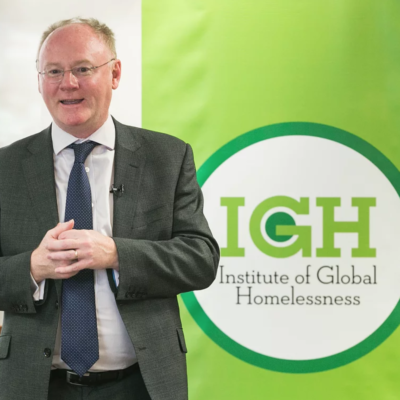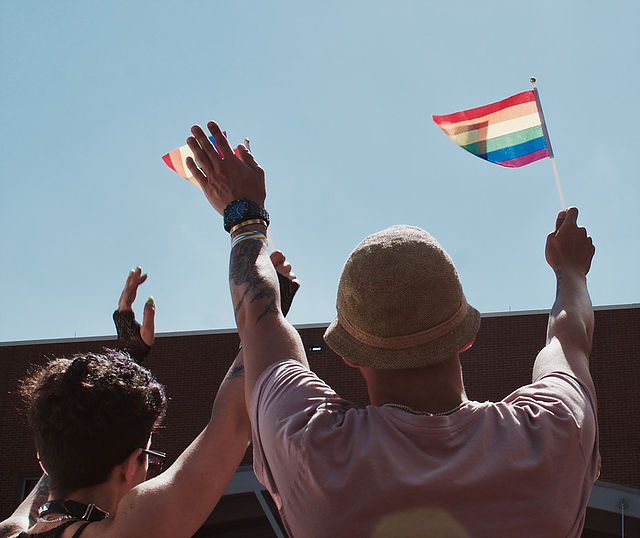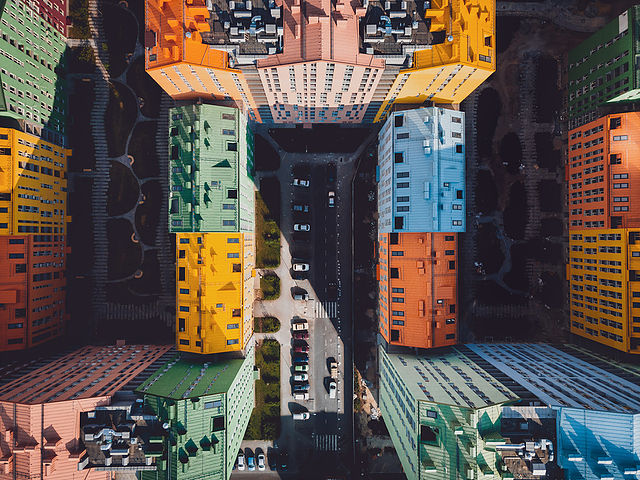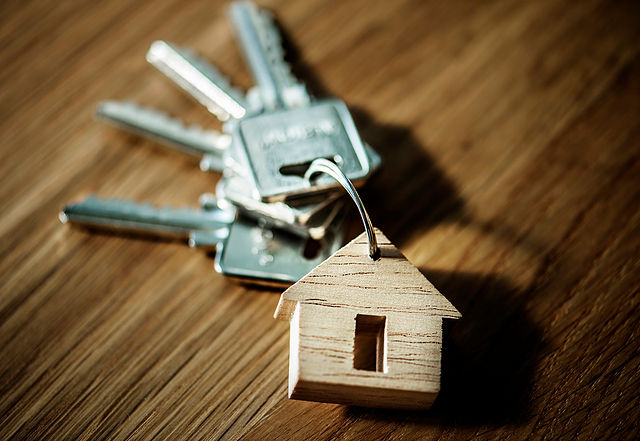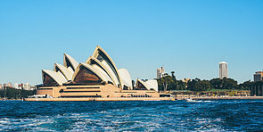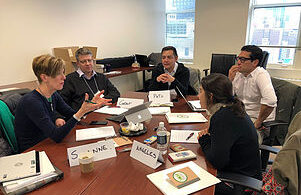Last month, IGH joined 30,000 participants from 167 countries in Quito, Ecuador for the third United Nations Conference on Housing and Sustainable Urban Development (Habitat III).
Homelessness and the New Urban Agenda
Following four days of workshops, high-level consultations and a village of interactive exhibits, United Nations member states formally adopted the New Urban Agenda.
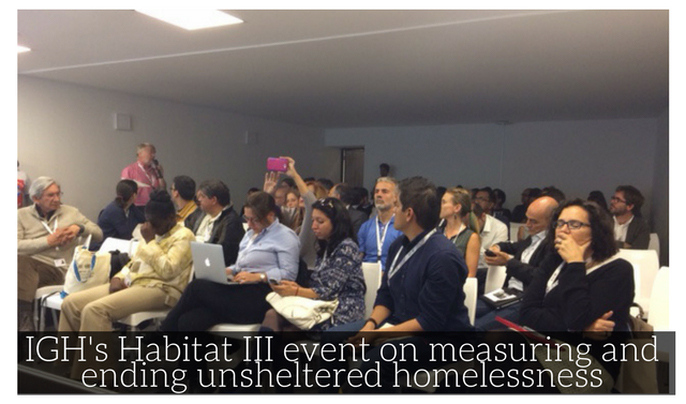 The United Nations describes the New Urban Agenda as “an action-oriented document which will set global standards of achievement in sustainable urban development.” Practically, the New Urban Agenda lays out a vision for cities, a set of guiding principles, and a number of commitments meant to bring them to life.
The United Nations describes the New Urban Agenda as “an action-oriented document which will set global standards of achievement in sustainable urban development.” Practically, the New Urban Agenda lays out a vision for cities, a set of guiding principles, and a number of commitments meant to bring them to life.
Commitments in the New Urban Agenda cover varied ground, from transportation to renewable energy. Throughout the past year, the Institute urged our peers to work with their national delegations toward including a commitment to ending unsheltered homelessness – and to actively measuring and evaluating progress.
Though the New Urban Agenda falls short of including this specific, measurable goal, the following transformative commitments offer a clear call to action for governments around the world:
-
“We will take positive measures to improve the living conditions of homeless people with a view of facilitating their full participation in society and to prevent and eliminate homelessness, as well as to combat and eliminate its criminalization.”
-
“We commit to promote national, sub-national, and local housing policies that support the progressive realization of the right to adequate housing for all.”
The Institute is eager to support cities as they take on this daunting work.
We welcome this clear commitment to reducing, ending, and preventing homelessness everywhere in the world. Now comes the hard part – ensuring all of our neighbors have a place to call home will take courage, and we’ll need to hold each other accountable.
Measuring and ending unsheltered homelessness
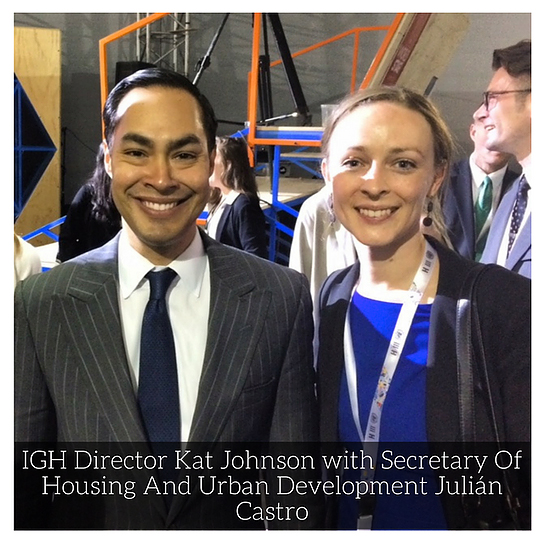 The Institute partnered with the National Alliance to End Homelessness and FEANTSA to host a networking event on measuring and ending unsheltered homelessness. Speakers included Nan Roman of NAEH; Maria Aldanas of FEANTSA; Alexia Suarez of the University of Puerto Rico and the Latin American and Caribbean Homelessness Network; and David Ireland of the Building and Social Housing Foundation.
The Institute partnered with the National Alliance to End Homelessness and FEANTSA to host a networking event on measuring and ending unsheltered homelessness. Speakers included Nan Roman of NAEH; Maria Aldanas of FEANTSA; Alexia Suarez of the University of Puerto Rico and the Latin American and Caribbean Homelessness Network; and David Ireland of the Building and Social Housing Foundation.
The event drew over fifty participants, who learned about the IGH Framework, measuring homelessness across Europe and Latin America, and garnering public engagement and political will to tackle complex social problems.
The Institute looks forward to continuing this conversation, and to working alongside leaders across the world to give the New Urban Agenda life on the ground.


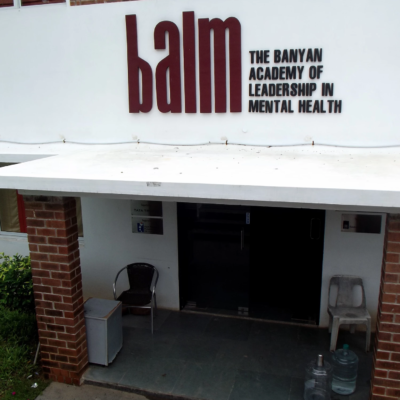

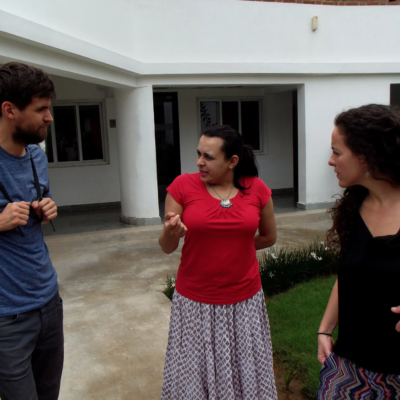
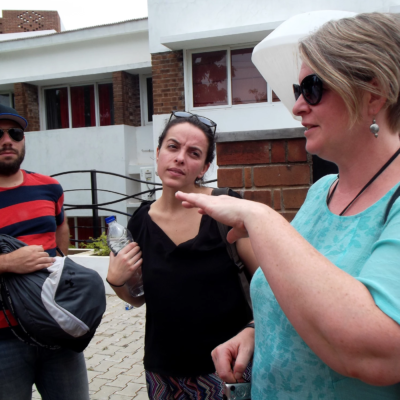
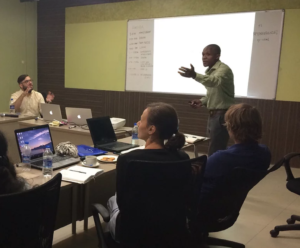 Those working in the homelessness sector hear the phrase “homelessness is a local problem,” a lot, and to a great extent, it’s true. The specific issues facing Mrinalini and Preetha in Tamil Nadu, India are not necessarily the exact same as those facing Marie Morrison and Amanda DiFalco in Ontario, Canada.
Those working in the homelessness sector hear the phrase “homelessness is a local problem,” a lot, and to a great extent, it’s true. The specific issues facing Mrinalini and Preetha in Tamil Nadu, India are not necessarily the exact same as those facing Marie Morrison and Amanda DiFalco in Ontario, Canada.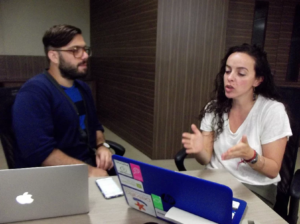
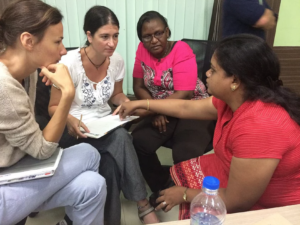 Local problems can have global roots–and global solutions.
Local problems can have global roots–and global solutions.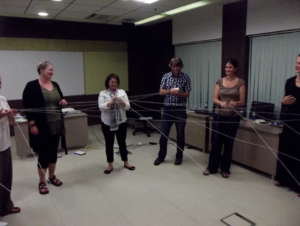

 After each flight test, they will be given 5 minutes to experiment with a new design. Then they will go back to the starting point and take off again, hoping for an improved flight process and a longer landing. Ask anyone in the homelessness sector and they will tell you that change often happens in the form of small experiments that eventually lead to a breakthrough.
After each flight test, they will be given 5 minutes to experiment with a new design. Then they will go back to the starting point and take off again, hoping for an improved flight process and a longer landing. Ask anyone in the homelessness sector and they will tell you that change often happens in the form of small experiments that eventually lead to a breakthrough.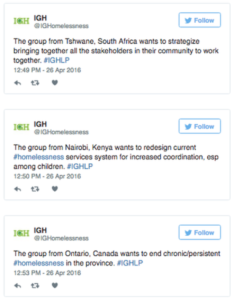 What if you could make something totally new? What if you could take a long, hard look at your homelessness services, bring in the perspectives of a wide range of users and stakeholders in the community, and come up with something that transforms an incremental system into a breakthrough system?
What if you could make something totally new? What if you could take a long, hard look at your homelessness services, bring in the perspectives of a wide range of users and stakeholders in the community, and come up with something that transforms an incremental system into a breakthrough system?